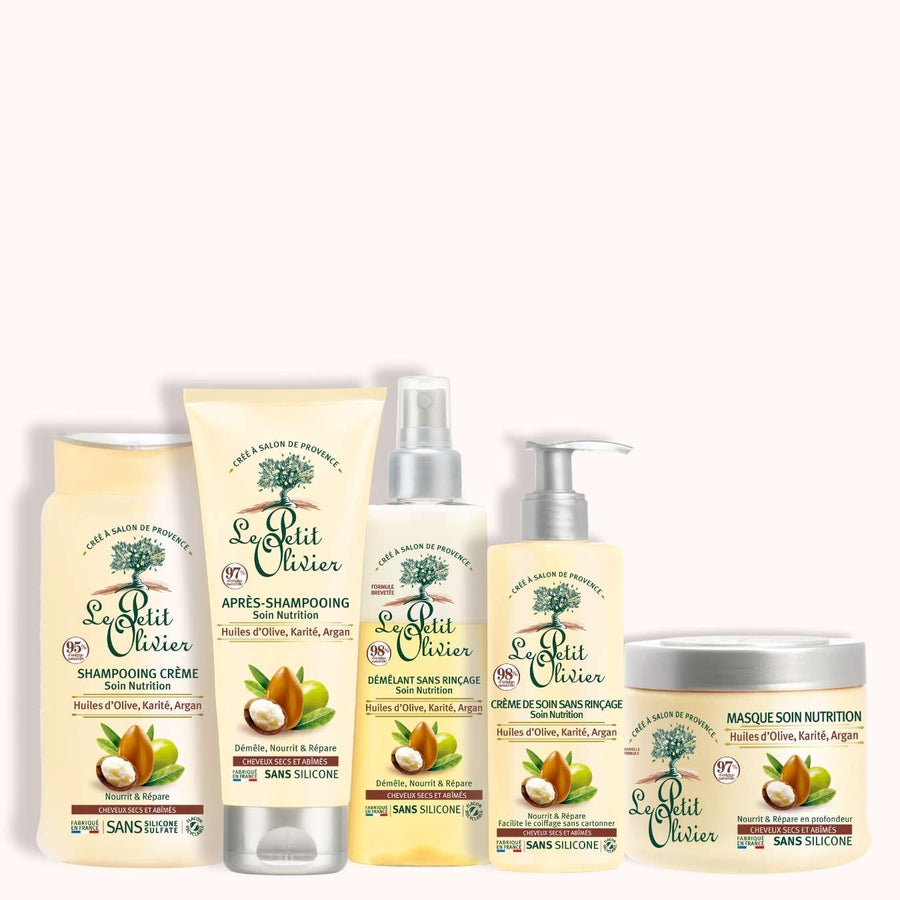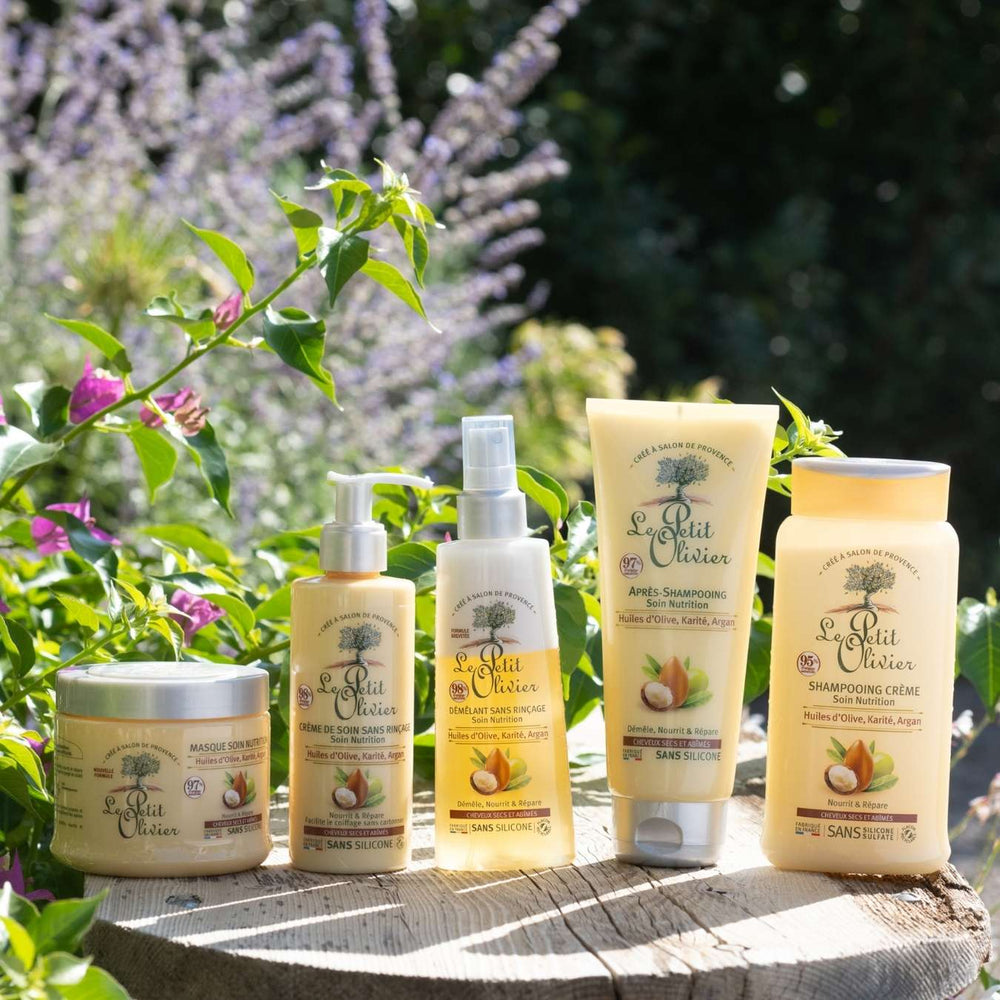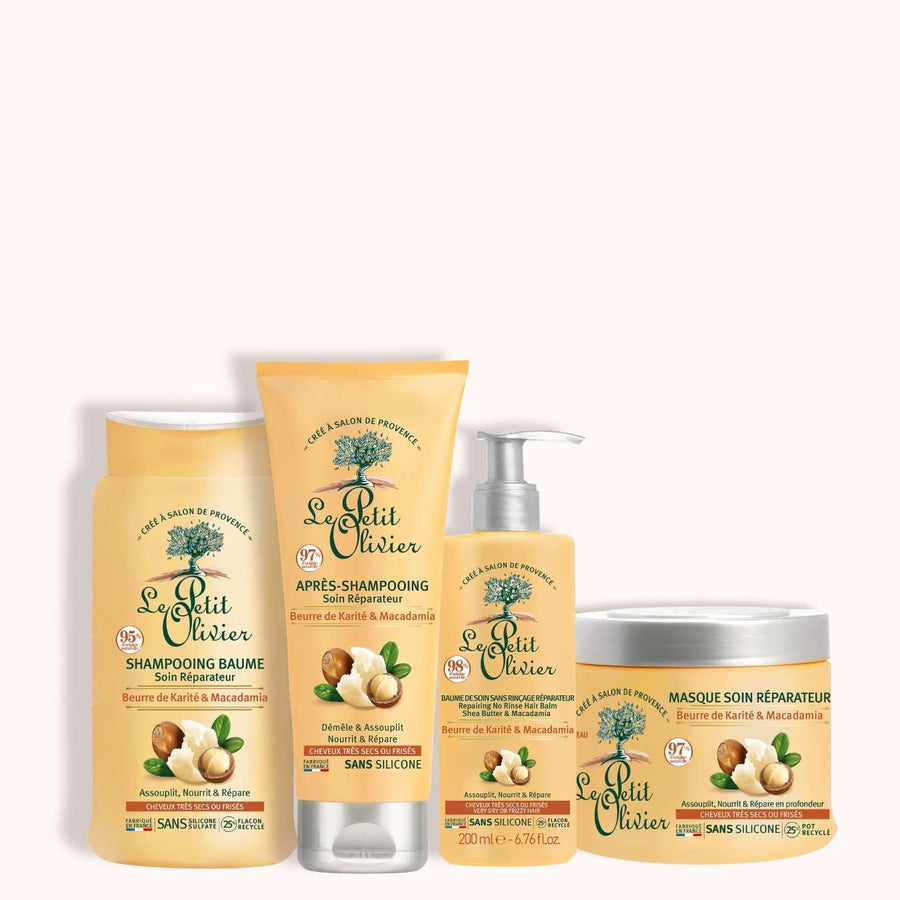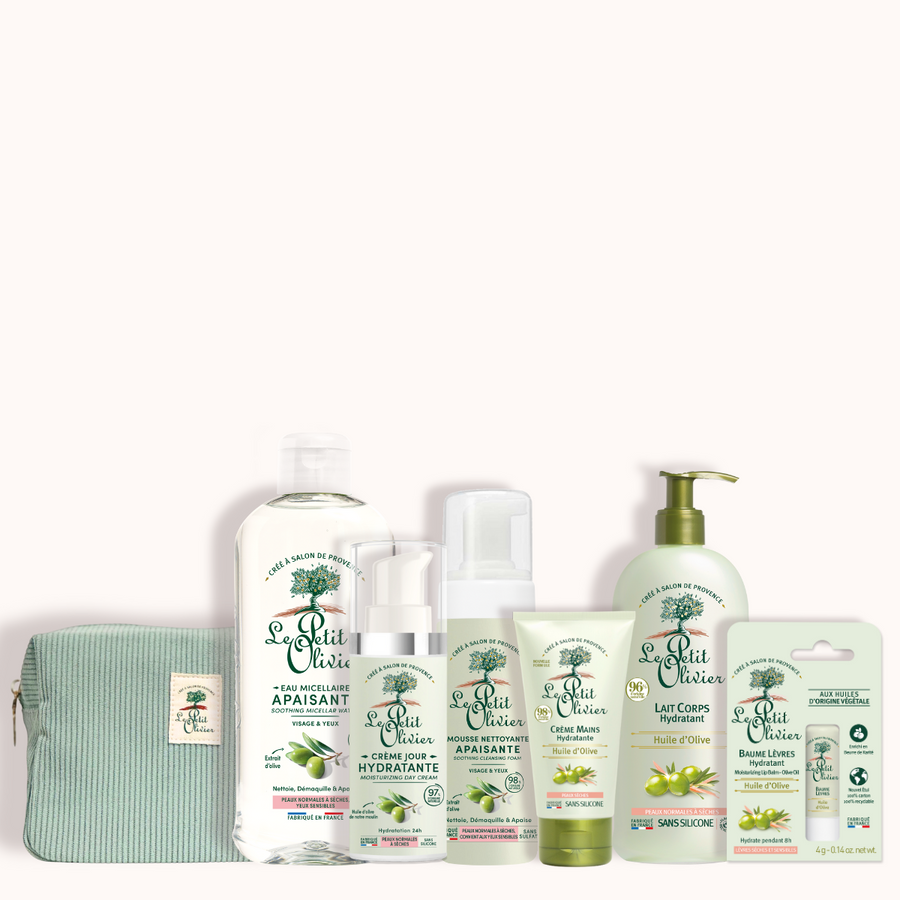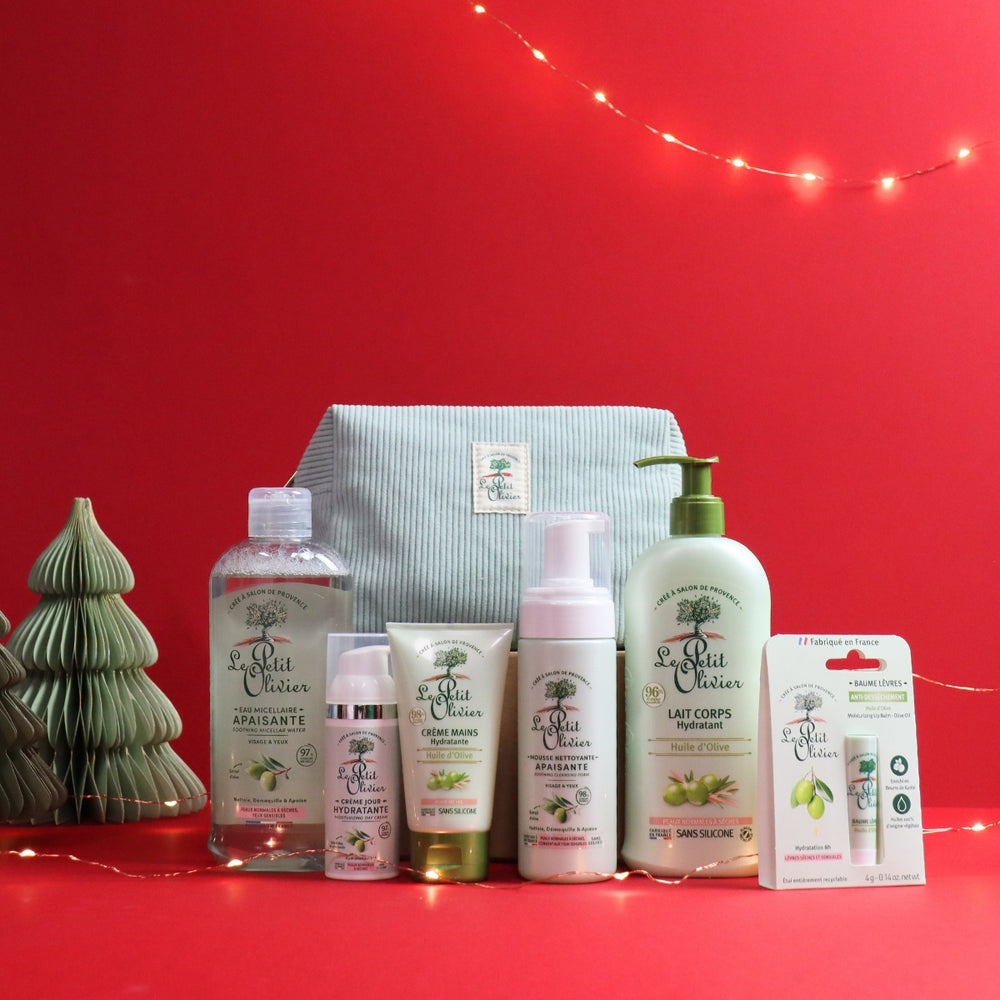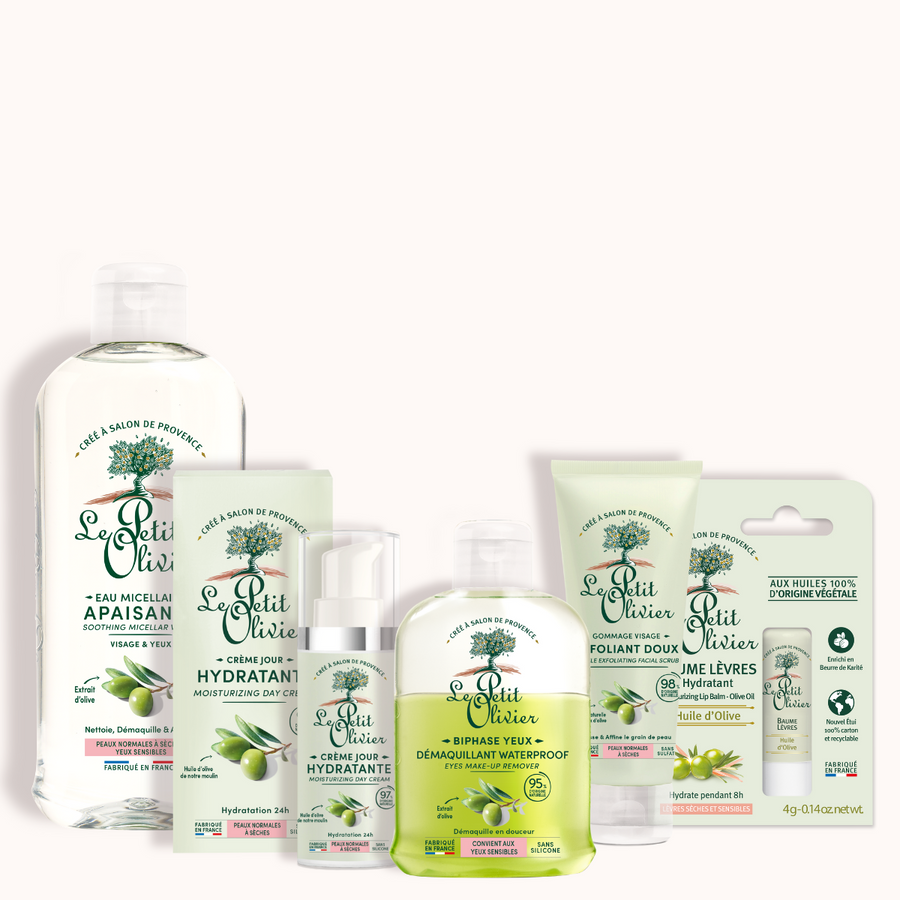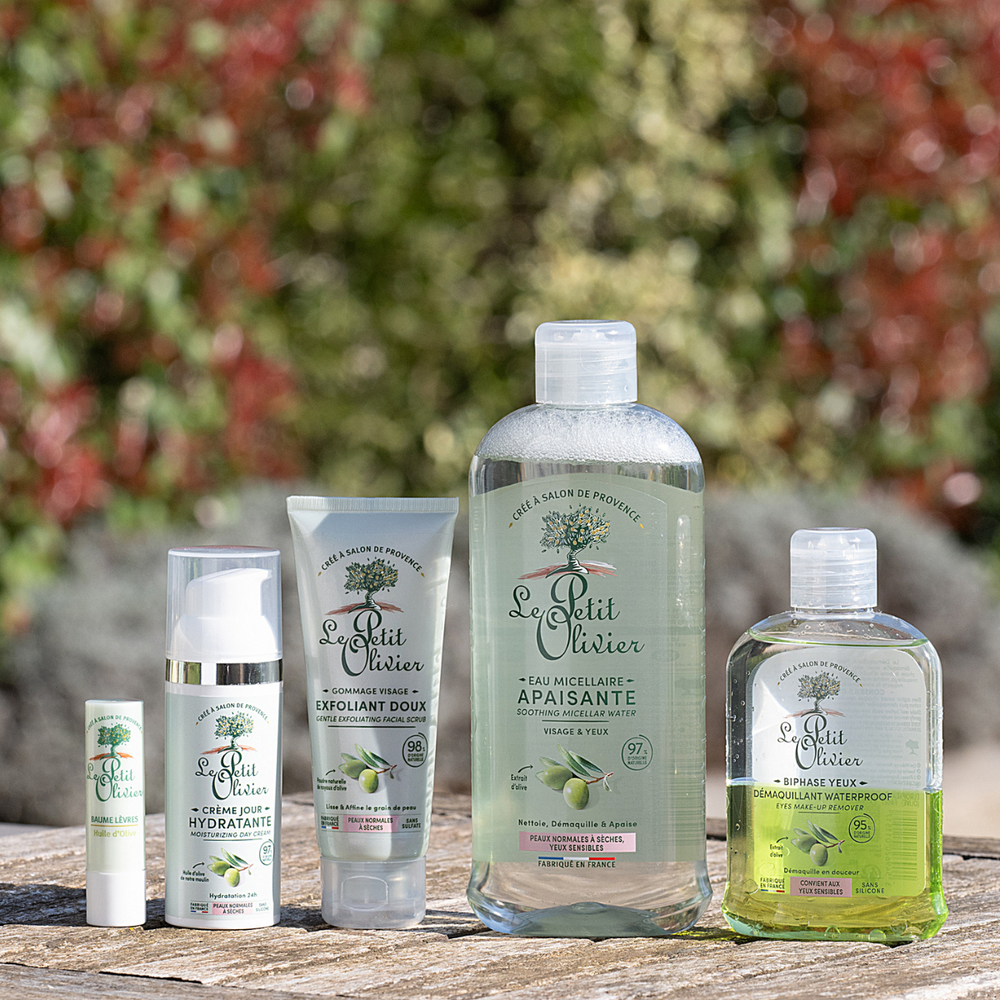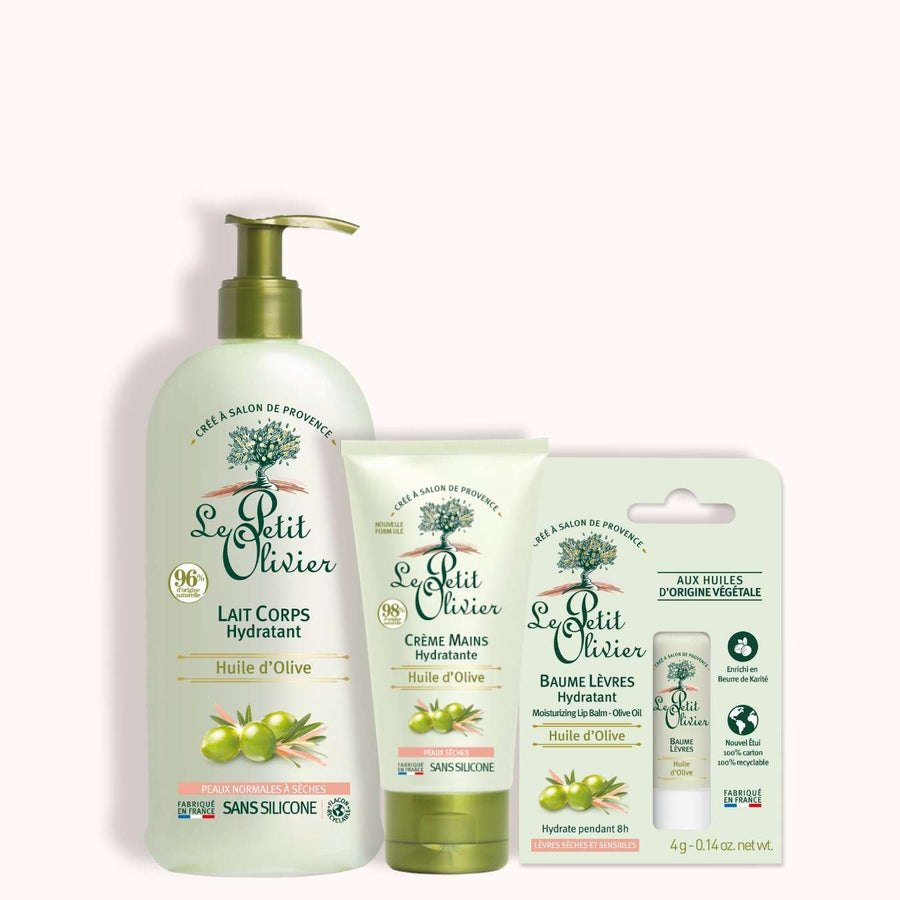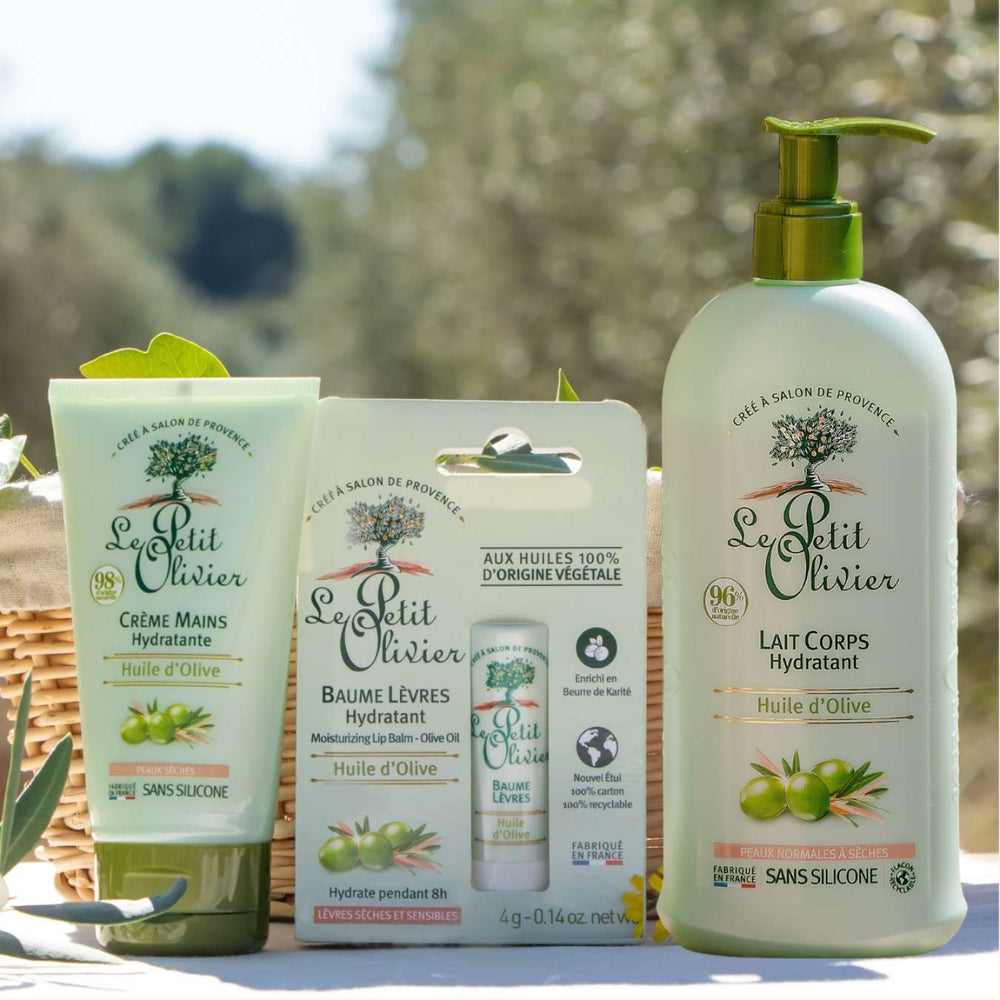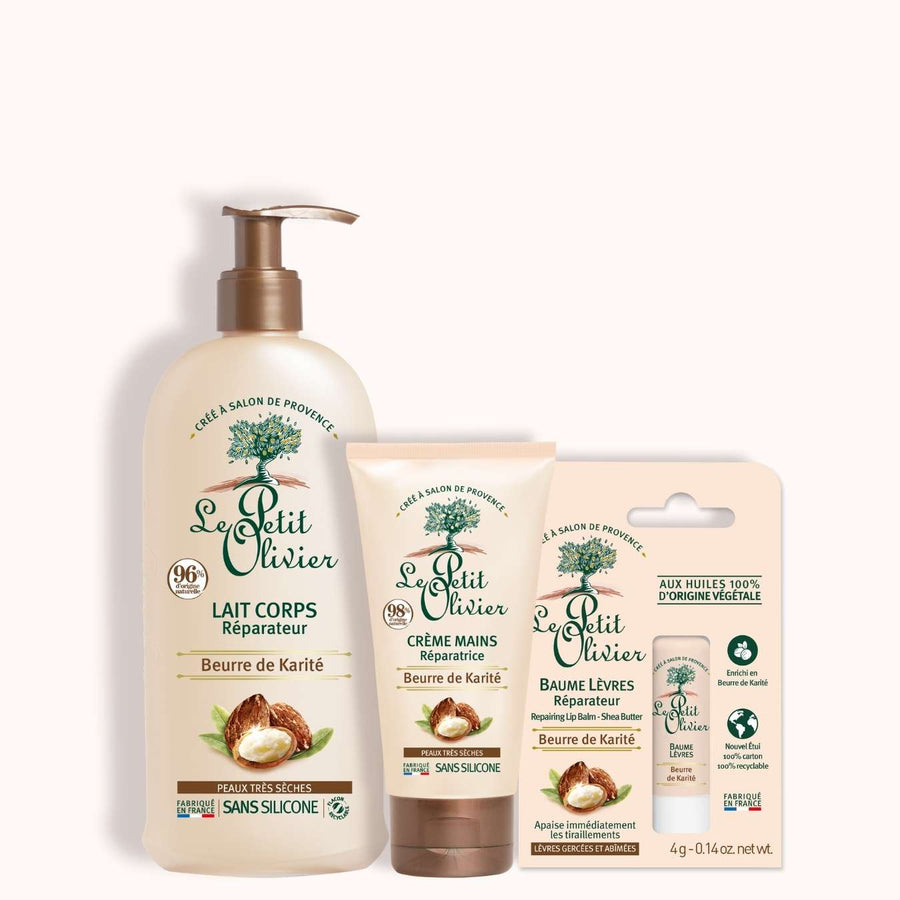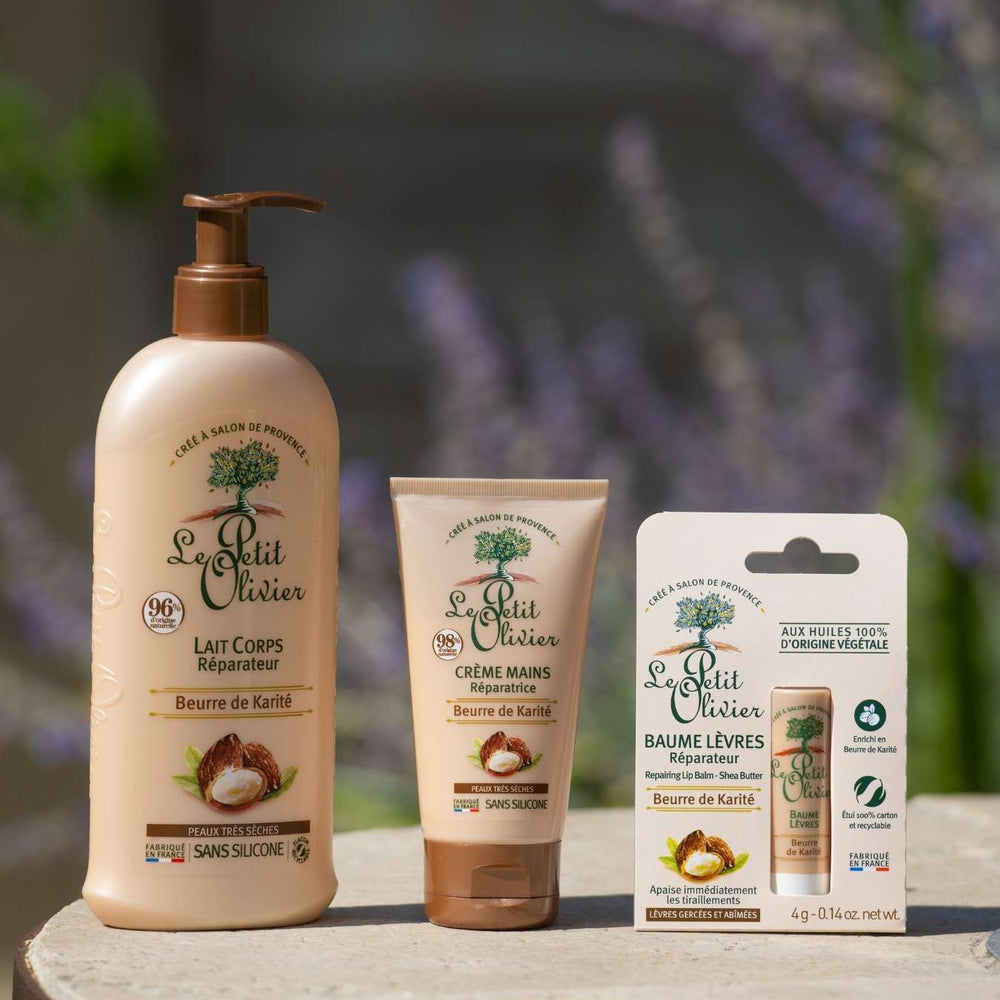Hair detangler: what you need to know
Hair detangler is a precious ally for those who want to maintain silky, knot-free hair. But how much do you really know about this essential part of your hair routine? Behind its simple appearance lie active ingredients carefully selected to meet the specific needs of each hair type. By exploring the fundamental principles of detangling, you'll discover how it works deep down to facilitate styling while preserving the integrity of hair fibers.
Whether you opt for a spray, cream or leave-in detangler, each formula has its own particularities and benefits. Learning how to use these products effectively can transform your daily routine and offer your hair protection against external aggressions. However, it's crucial to pay close attention to the precautions for use to avoid any undesirable reactions.
The basic principles of hair conditioner
Composition and key active ingredients of hair conditioners
In the world of hair, detanglers stand out for their ability to transform stubborn hair into a silky, manageable flow. Their secret lies in a carefully crafted composition, in which each active ingredient plays a precise role. Cationic surfactants, for example, are essential allies: they bind to the hair fiber to neutralize the negative charge of wet hair, reducing friction when brushing. Moisturizing agents such as propylene glycol add softness and suppleness to your mane.
How hair detanglers work
A good detangler works on the basis of a subtle alchemy between science and care. When applied to damp hair, conditioners work immediately to smooth the hair cuticle. This process reduces tangles and prevents static electricity, which can make styling difficult.
Have you ever noticed how some days your hair seems to have a mind of its own? A good detangler could be your best ally for those fickle mornings. By creating a light film around each hair fiber, it ensures a smooth glide when combing or brushing, minimizing the risk of breakage.
The different types of hair conditioner
Detangling spray for hair
The detangling spray embody modern practicality, offering fast, even application. Their lightweight formula sprays easily all over the hair, ideal for those looking to simplify their hair routine without compromising on efficiency. Imagine yourself in the morning, pressed for time; a simple gesture can transform your strands into soft, manageable hair. These sprays are ideal for fine hair that dreads the heaviness of thicker products.
Leave-in detanglers for hair
Leave-in detanglers are distinguished by their ability to provide care and protection all day long. Applied after washing or between shampoos, they create an invisible shield against external aggressors such as pollution or heated appliances. This type of product is perfect if you want to keep your curls defined or prevent your strands from tangling as you run from one meeting to the next. By using a suitable leave-in detangler, you could well change your perception of daily styling.
Effective use of hair conditioners
How to correctly apply a hair conditioner
Applying detangler may seem trivial, but it requires a certain finesse to maximize its benefits. Start by distributing the product over wet hair, making sure to cover each strand. Use a wide-tooth comb to distribute the detangler evenly, starting with the ends and working your way up to the roots. This delicate gesture untangles knots without damaging the hair fiber.
For those who prefer a detangling spray, spray from a safe distance to avoid excessive product build-up. Leave on for a few minutes to allow the active ingredients to penetrate effectively before styling. Do you think this step could transform your hair routine?
Optimum frequency of use for hair conditioners
The frequency with which you use a conditioner depends on the nature of your hair and its overall condition. For fine or fragile hair, one application after each wash is often enough to preserve its suppleness. On the other hand, if you have thick or curly hair that tangles easily, daily use of a leave-in conditioner could be beneficial.
It's essential to listen to your hair: observe how it reacts to care and adjust your routine accordingly. Sometimes, spacing out treatments allows the active ingredients to express themselves better over the long term. So finding the right balance between care and frequency becomes a real personal alchemy.
The benefits of hair conditioners
Improving hair texture with detanglers
Imagine sliding your fingers through silky-smooth hair, without encountering the slightest obstacle. Hair detanglers deliver this sensation by significantly improving hair texture. Thanks to their sheathing action on the cuticle, they bring elasticity and suppleness to hair fibers. The active ingredients in these products help restore volume while preserving hair's natural shine. As a result, even the most rebellious strands become manageable and easy to style.
Hair detanglers: preventing breakage and damage
Every brush stroke shouldn't mean breakage or stress for your hair. This is where detangler comes in as a vigilant protector. By reducing friction during styling, it minimizes the risk of breakage and other mechanical damage that can weaken strands over time. The benefits of using a hair conditioner are numerous, and include breakage prevention.
Think of those mornings when your hair seems untamable: a good detangler could transform your routine into a pleasant, hassle-free moment. By enveloping each fiber in an invisible protective film, it not only ensures smooth styling, but also defends against external aggressors such as pollution or frequent use of heated appliances.
Precautions to take when using hair conditioners
Avoiding potentially harmful ingredients in hair conditioners
In the quest for knot-free hair, it's crucial to pay close attention to the ingredients in the detanglers you use. Some products may contain undesirable elements that, in the long term, could alter hair texture or well-being. To avoid this, choose formulas that exclude aggressive agents such as phthalates and controversial preservatives like formaldehyde.
By opting for a conditioner enriched with natural active ingredients, you can offer your hair the most respectful and appropriate care. Don't hesitate to ask your hairdresser or consult online reviews to identify products whose composition is praised by experts. You may discover gentler alternatives that perfectly meet the specific needs of your hair.
Sensitivity testing and allergic reactions to hair conditioners
Have you ever felt a slight irritation after applying a hair product? To avoid any adverse reactions, it's wise to perform a sensitivity test before adding a new conditioner to your routine. Apply a small amount of the product to an inconspicuous area of your skin and wait 24 hours to observe any reaction.
This preventive measure is particularly recommended if you have a sensitive scalp or are prone to allergies. In the event of irritation or redness, it would be prudent to avoid using the product in question, and to consult a professional if necessary. So you can enjoy the benefits of detangling without compromising on comfort and safety.
Adapting hair conditioners to different hair types
Detanglers for fine, brittle hair
Fine, fragile hair needs special attention to prevent it from becoming weighed down or broken by hair care products. Think of your hair as delicate silk: the wrong conditioner can weigh it down, making styling more complicated than it needs to be. For these hair types, opt for lightweight detanglers that incorporate specific active ingredients such as silk proteins or bamboo extract, known for their ability to strengthen the fiber without weighing it down. These active ingredients provide not only softness and manageability, but also a slight volume that breathes new life into strands that are often flattened.
Have you ever noticed how some products seem to turn your hair into a heavy, unmanageable mess? A good detangler designed for fine hair should offer an airy feel while protecting each strand from the mechanical aggressions of brushing.
